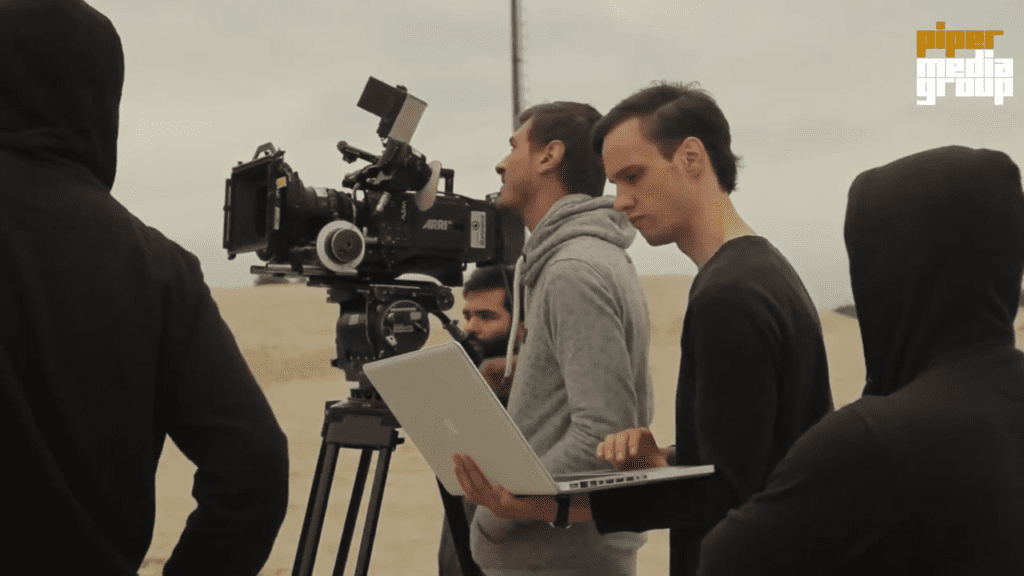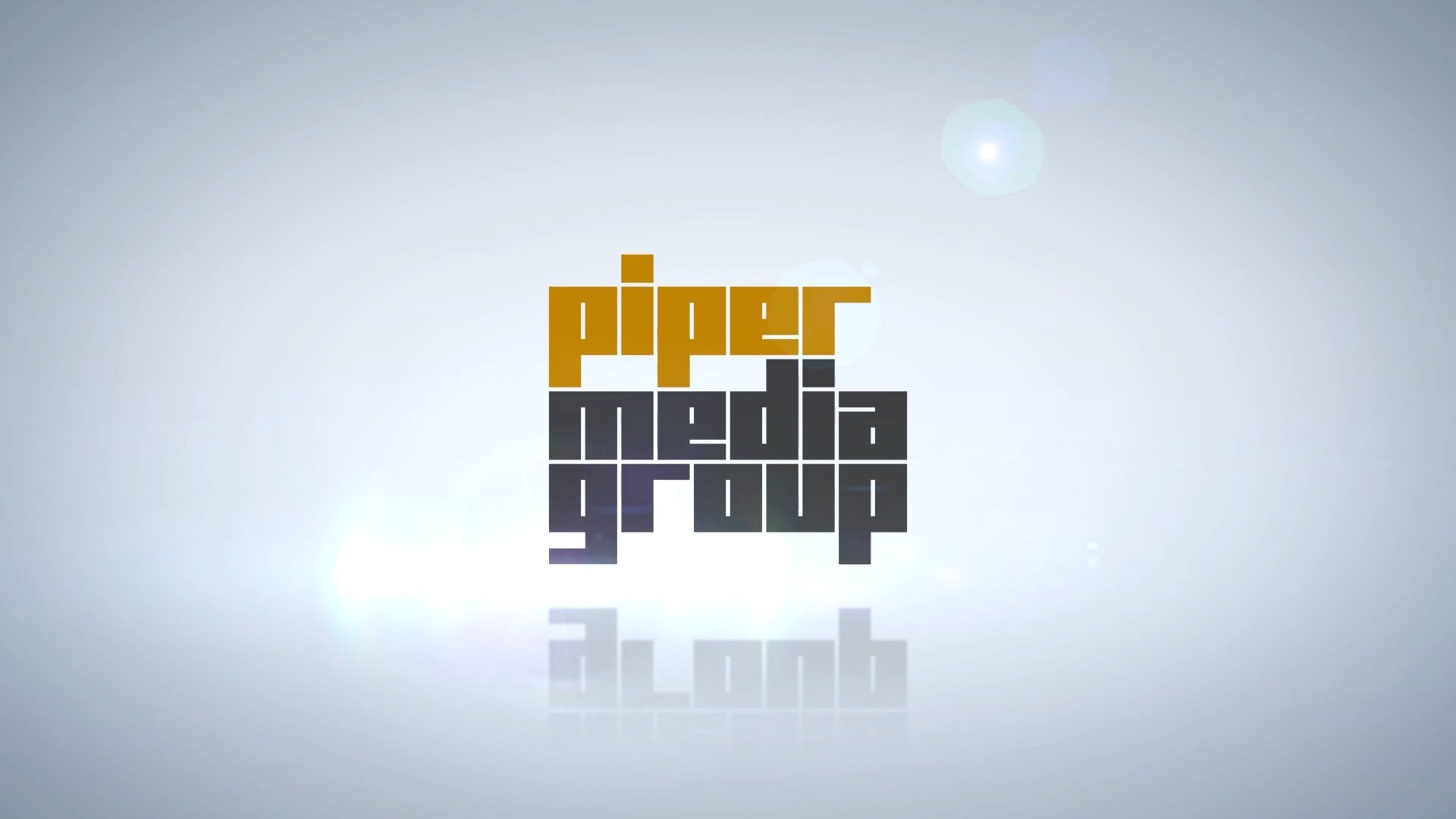In today’s fast-paced digital world, few things grab attention quite like a captivating video. Whether it’s a promo for a local St. Louis business, a wedding highlight reel, or a YouTube tutorial, high-quality videography and editing are essential for creating content that stands out.
The rise of platforms like YouTube, Instagram, and TikTok has changed how we think about video, and now everyone—from small businesses to individuals—is looking to sharpen their videography and editing skills. But what exactly goes into this art? Let’s explore the basics, from the essential equipment to pro tips for editing, and why St. Louis has become a hotspot for up-and-coming videographers.
The Basics of Videography and Editing
What Is Videography?
Simply put, videography is the process of capturing moving images on camera. But for professionals, it goes much deeper than just pressing “record.” Videography involves understanding light, movement, and composition to create images that tell a story.
Unlike traditional filmmaking, which is typically done in teams, videographers often work solo or with small crews. They handle the camera, lighting, sound, and sometimes even the direction of the shoot. This flexibility makes videography accessible to individuals and businesses looking to create content with a personal touch.
Editing: Where the Story Comes to Life
If videography is the art of capturing moments, editing is the craft of shaping those moments into a story. With editing, raw footage gets transformed, color-corrected, and trimmed, creating a smooth, engaging narrative. Editors use transitions, effects, and music to add flair and maintain the viewer’s attention, often taking hours of footage and turning it into a cohesive piece in a matter of minutes.
Essential Equipment for Videography and Editing in St. Louis
Starting out in videography and editing doesn’t have to break the bank. Many creators in St. Louis begin with a basic setup, gradually upgrading as they gain skills and clientele. Here’s a rundown of essential gear for budding videographers.
1. Camera
While smartphones today have impressive cameras, serious videography requires a bit more power and versatility. DSLR or mirrorless cameras, like the Sony Alpha series or Canon EOS, are industry favorites. They allow greater control over focus, depth, and light, providing a more cinematic look.
2. Lighting Equipment
Natural light is excellent, but it’s not always available or consistent. Lighting equipment like ring lights, softboxes, and LED panels can make all the difference, especially for indoor shoots. In St. Louis, where the weather can be unpredictable, having reliable lighting is essential.
3. Microphone
Sound quality is often overlooked, but it’s just as important as video quality. A good microphone—whether it’s a shotgun, lapel, or handheld—ensures clear, professional audio, making the content more engaging and easier to understand.
4. Editing Software
Editing software is where your footage transforms into a polished final product. Adobe Premiere Pro, Final Cut Pro, and DaVinci Resolve are popular choices for their advanced features and user-friendly interfaces. Beginners might also consider free options like iMovie or DaVinci Resolve Lite to get started.
The Art of Storytelling Through Videography and Editing
Anyone can learn the technical skills of videography and editing, but storytelling is what sets great videographers apart. The goal is to create a flow that captures and holds the audience’s attention, and this goes beyond fancy effects or camera tricks.
1. Choosing a Focal Point
A strong video has a clear focal point—a person, an action, or a message—that guides the viewer’s attention. Knowing what your main point is will help shape everything from framing your shots to deciding what footage to keep or cut in the editing room.
2. Creating a Narrative Flow
Even the most spontaneous vlogs have a sense of structure. There’s a beginning that introduces the viewer to what’s coming, a middle with the main content, and an end that wraps things up. A skilled editor knows how to pace these segments to maintain interest, often using techniques like jump cuts, B-roll, and cross-dissolves to transition smoothly.
3. Using Music and Sound Effects
Music and sound effects add mood and intensity to a video. Just imagine an emotional scene without music—it would fall flat. But timing is everything; knowing when to fade in or out can amplify emotions, building a more powerful connection with the viewer.
4. Adding Text and Graphics
Text and graphics help clarify points, identify people, or highlight essential information. Titles, lower thirds (text overlays for names or locations), and captions are all valuable tools in the editor’s toolkit, especially for videos on social media where viewers might watch without sound.
Tips for Successful Videography and Editing Projects in St. Louis
In a city like St. Louis, which has a vibrant arts and business scene, videography is in high demand for everything from event coverage to brand storytelling. Here are some tips for a successful video project.
1. Know Your Audience
Before you start filming, ask yourself who you’re making the video for. A promotional video for a St. Louis tech startup will look very different from a family’s wedding video. Knowing your audience helps you make stylistic and technical choices that align with their expectations and needs.
2. Scout Your Locations
St. Louis is full of fantastic shooting locations, from Forest Park’s lush greenery to the iconic Gateway Arch. But not all locations work for every project. Consider factors like lighting, noise levels, and foot traffic when choosing a spot. And don’t forget to check if you need permits, especially for public spaces.
3. Plan Your Shots
Planning saves time and improves quality. A simple shot list can make the day smoother, ensuring you capture everything you need without forgetting important scenes. A well-planned shoot also reduces editing time since you’ll have the right shots to work with.
4. Embrace Natural Lighting When Possible
Natural lighting can add warmth and realism to your shots. But keep an eye on changing light conditions, especially if you’re filming outdoors. Golden hour—the hour after sunrise or before sunset—offers beautiful, soft lighting that flatters subjects and enhances colors.
5. Keep the Editing Simple
It’s easy to go overboard with effects and transitions, but sometimes less is more. Stick to the basics, like clean cuts, smooth transitions, and minimal effects, unless the project calls for a stylized approach. Simplicity keeps the focus on your story rather than distracting from it.
Why St. Louis Businesses Are Investing in Videography and Editing
In St. Louis, businesses are increasingly using video to connect with their audiences. A well-crafted video can help a company showcase its products, introduce its team, or share its brand story in a way that’s relatable and engaging.
Consider a local bakery in St. Louis launching a new line of treats. A behind-the-scenes video of their baking process, paired with mouth-watering close-ups of freshly baked goods, can be far more compelling than a simple photo or written post. Video allows potential customers to see, hear, and almost feel the product, sparking a stronger connection with the brand.
For businesses, investing in videography and editing pays off in engagement, reach, and overall customer loyalty. As the saying goes, people remember 80% of what they see, but only 20% of what they read. And with video, businesses can communicate far more in a short time, driving home their message with impact.
Finding a Videography and Editing Professional in St. Louis
If you’re looking to make a mark in the St. Louis area, you might consider hiring a professional videographer to bring your ideas to life. But how do you find the right fit? Here’s a quick guide:
- Check Their Portfolio: Look for a portfolio with examples of work similar to what you want. This gives you a clear idea of their style and skill level.
- Ask About Their Process: A reliable videographer will have a plan, from pre-production to editing and delivery. Understanding their workflow can save time and ensure a smoother project.
- Consider Local Experience: Hiring someone familiar with the St. Louis area can be a major advantage. They’ll know the best spots, the right times for lighting, and local regulations that may affect your shoot.
Bring Your Story to Life with Videography and Editing
Whether you’re an individual looking to share your story or a business aiming to expand your reach, high-quality videography and editing can make all the difference. With the right equipment, storytelling techniques, and a bit of creativity, you can produce videos that captivate and connect.
Ready to take your project to the next level? At Piper Media Group, we specialize in professional videography and editing services in St. Louis. Let’s create something unforgettable together.



